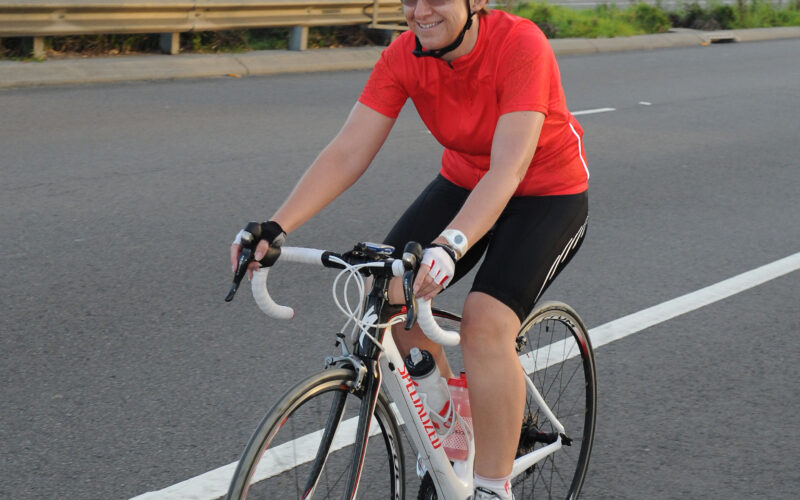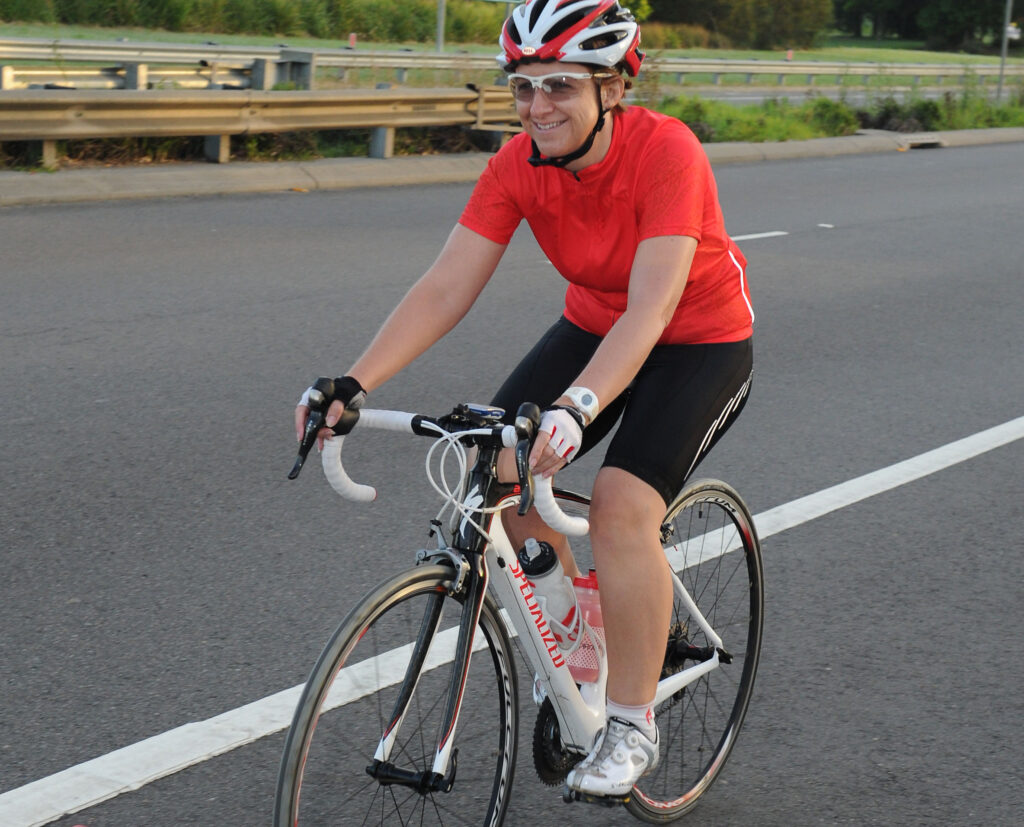Great news – the role of exercise in living a long healthy life is fundamental
If there’s one thing I love to read about it’s the role of exercise in living a long healthy life. So a story in this week’s Sydney Morning Herald really jumped out at me by a clever woman called Professor Cassandra Szoeke who heads up the Healthy Ageing Project at the University of Melbourne. I also heard Professor Szoeke interviewed on ABC radio later in the week. You can listen to that here.
Rather than try and recreate it, here’s an edited version of Professor Szoeke’s story. You can read the full version here.
No matter your age, daily activity will lead to improvements; the body always gets better with practice. Even better are the long-term benefits and health gains.
Researchers have shown that 15 minutes of exercise per day adds three years to your life, and 20 minutes per day adds seven years.
Choose activities you enjoy and can do every day.
Ultimately, the goal is to increase your capacity for exercise, meaning how much activity you can do comfortably.
The most important is that you can do whatever activity you want.
That’s what we’ve seen in our research at the Healthy Ageing Program: any activity will work. It doesn’t have to be the same activity, either. You might do something when you are one age and another thing when you’re older. You might do one activity when you’re with friends, another when you’re on your own; a physical activity of choice at home may not be the same as an activity while away from it. Even if you’re confined to a hospital bed after an operation, you might simply breathe deeply or wiggle your toes and contract your calves.
What does activity achieve?
Movement stimulates blood flow, which itself brings fuel and oxygen to cells. It also flushes the system, allowing by-products and unwanted accumulations to leave the cells and be metabolised, filtered and excreted. For this reason, every part of your body is improved by activity, which is why research shows us that it prevents many diseases and even prolongs life.
Movement doesn’t just remodel blood vessels (the most essential pipeline of energy and oxygen) it can also stimulate the generation of brand-new blood cells and blood vessels. It does this when you are elderly as well as when you are young.
Even more exciting, science has indicated not only that capabilities can be augmented, but the actual vessels can alter themselves. This remodelling changes their structure, so that the vessels that looked characteristically ‘old’ changed to look characteristically ‘young’ after regular exercise. Exercise literally rejuvenates you.
Do something every day
We often think that to benefit from movement, we must commit to time-consuming, demanding, sometimes expensive activities. The participants in the Healthy Ageing Program have shown us it doesn’t have to be that way.
We expected that we would find people undertaking high-intensity activity would see better health results than those doing lower-intensity activity. Instead, what we found was that doing something small every day was the strongest predictor of health – as opposed to straining, difficult, infrequent sessions of activity.
We were surprised when, in the Women’s Healthy Ageing Project, the duration of exercise emerged as key. Looking over several decades, those who did one thing every day had the best outcomes. Although other, shorter-duration studies suggested that high-intensity exercise was important for better outcomes, we noted that those who did intense activity typically did not keep at it daily for several decades.
We also found the effect of exercise was cumulative, meaning that every one of the years over those decades mattered. So, while it’s good news that you can make up for lost time, know that if you don’t start early you are losing this contribution to your cumulative score. If you miss today, you have to do twice as much tomorrow – so don’t miss a day.
So, choose something you enjoy and can do every day. Change what you do, as you need to. Certain health conditions have optimal activities, like resistance training for sarcopenia, balance training to reduce falls, walking for peripheral vascular disease, and many more.
It was a relatively recent cultural evolution that reduced humans’ need to move. We need another one, to restructure our environments in ways that make activity essential.
But for now, ensure that activity is an integral part of your day. Make it effortless by placing it between where you are and where you need to get – make it fit into your everyday activities. Incorporate activity into your community and social time – research shows we do better together.
Add cycling into your life
As an obsessed cyclist, my recommendation is to ride a bike as your primary exercise, but you can also add other activities to your week like walking, running, resistance training, yoga, and more to get the anti-ageing benefits that Professor Szoeke speaks about. It doesn’t even have to be strenuous exercise, just move.


